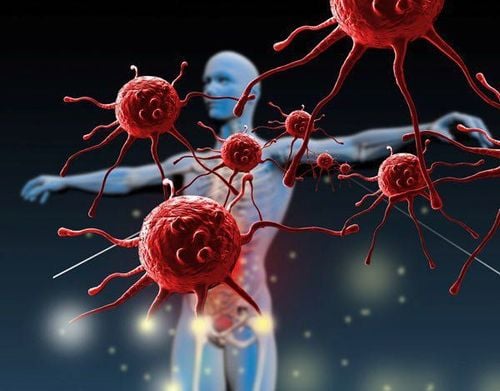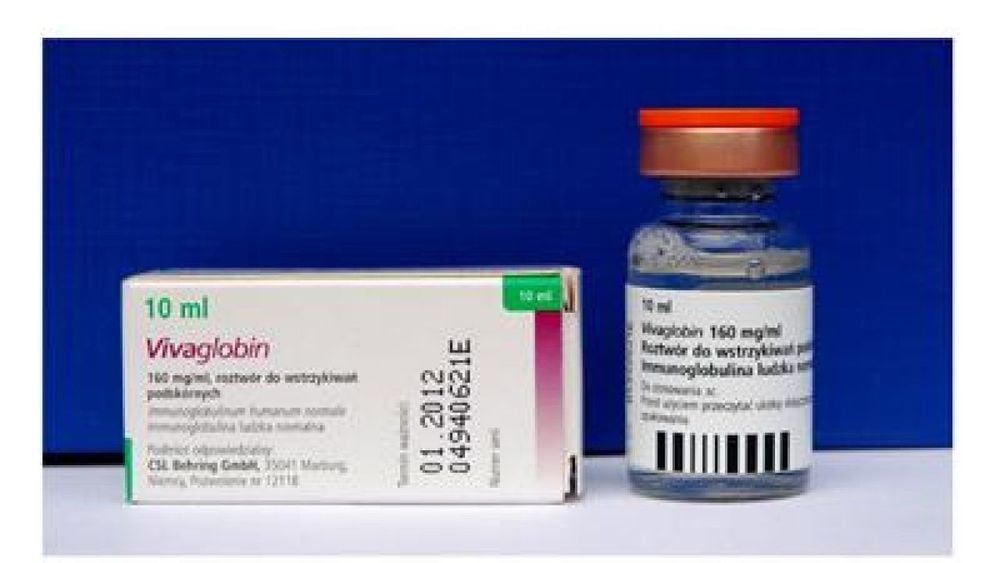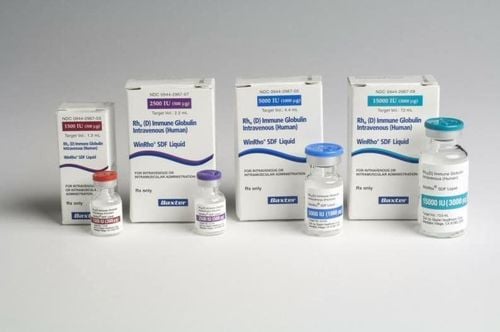This is an automatically translated article.
Intravenous immunoglobulin is commonly used in the treatment of various autoimmune, infectious and idiopathic diseases. Below are the basics of this therapy.
1. Effect of intravenous immunoglobulin therapy
Intravenous immunoglobulin therapy can help people with weakened immune systems or other illnesses fight infections. Some diseases that intravenous immunoglobulin (IVIg) can treat include:
Immune deficiency; Guillain-Barre syndrome; Lupus chronic inflammatory polyneuropathy; Myositis; Other rare diseases; Neurological diseases; People who have had a bone marrow transplant can also use IVIg to prevent infection.

Liệu pháp immunoglobulin tiêm tĩnh mạch có thể giúp những người có hệ thống miễn dịch suy yếu
2. Why is it used?
Some people may take IVIg instead of other medicines such as immunosuppressants, corticosteroids, or biologics to help treat immune system disorders. In some cases, IVIg can be used with immunosuppressants or other medications.
The body's immune system usually produces enough antibodies to fight off germs. But if you have immunodeficiency diseases, your body can't make enough of them. This increases the risk of infection. IVIg provides antibodies that the body does not make on its own to fight infection.
In autoimmune diseases, treatment can help the body increase a low red blood cell count. Not getting enough of these can cause the body to become anemic and feel very tired. IVIg helps prevent the white blood cells of people with lupus from destroying their red blood cells.
3. How it works
Immunoglobulin is a part of plasma that has antibodies to fight germs or disease. When there is a blood donor, this part can be separated. It can then be given to the patient through a vein in the arm or IV. If injected with IVIg, it can help boost the immune system to fight infections and stay healthy.
Liquid immunoglobulins, once collected from the donor plasma, will be screened prior to use for IVIg therapy. Testing to look for serious infections in the blood plasma.
During treatment, the prepared immunoglobulin will be given intravenously using a needle to be inserted into the vein. This process takes about 2 to 4 hours.
Usually, treatment takes every 3 to 4 weeks to keep the immune system healthy. The dose of IVIg depends on the weight. The standard starting dose is 400- 600 mg per 1 kg body weight per month.

Immunoglobulin là một phần trong huyết tương
4. Possible side effects
Most people tolerate IVIg well, but side effects can include low-grade fever, muscle or joint pain, and headache shortly after the infusion.
Call your doctor if you have a headache that does not get better after taking the medicine. Get emergency medical help right away if you have hives, a feeling of tightness in your chest, or wheezing.
You may feel your best right after your treatment, when your immunoglobulin levels are already at their highest. However, as your body absorbs it, you may start to feel weaker or more tired. If you have serious side effects from IVIg, you may be able to switch to another type of treatment called subcutaneous immunoglobulin therapy, or SCIG.
Please dial HOTLINE for more information or register for an appointment HERE. Download MyVinmec app to make appointments faster and to manage your bookings easily.
Reference source: webmd.com












